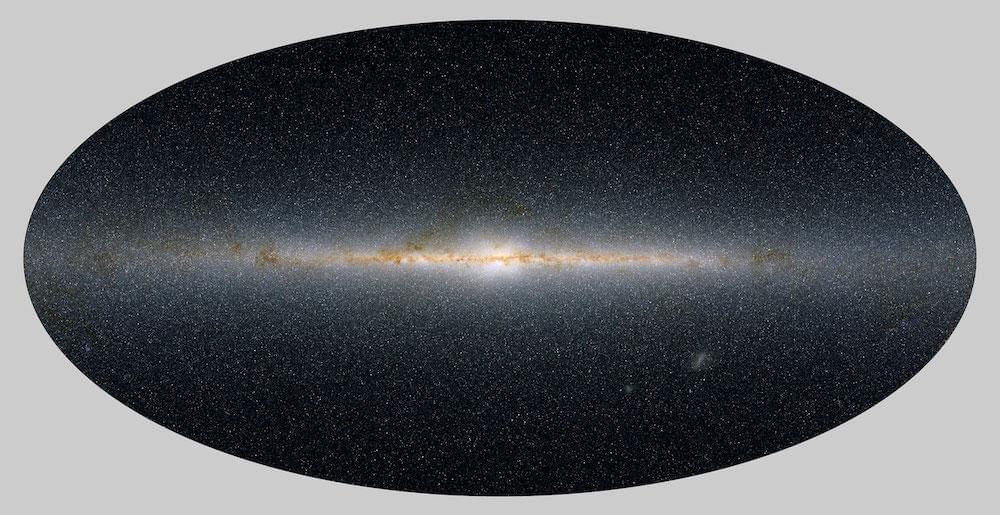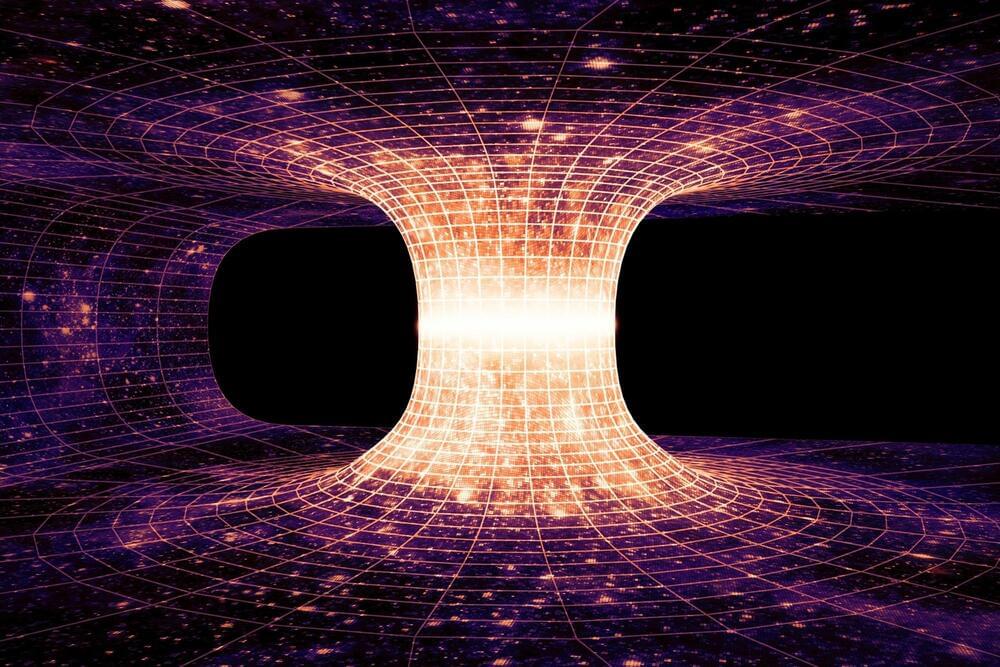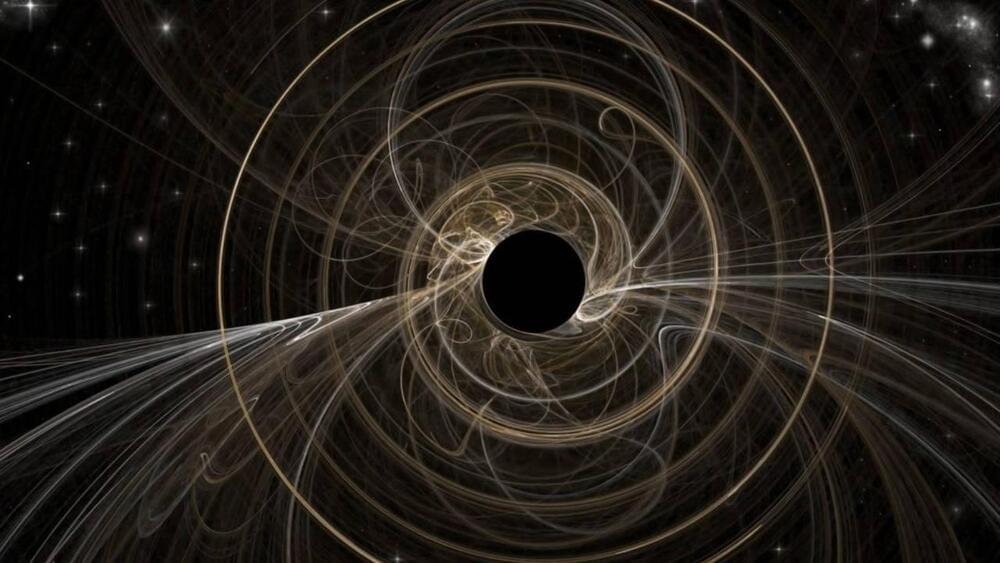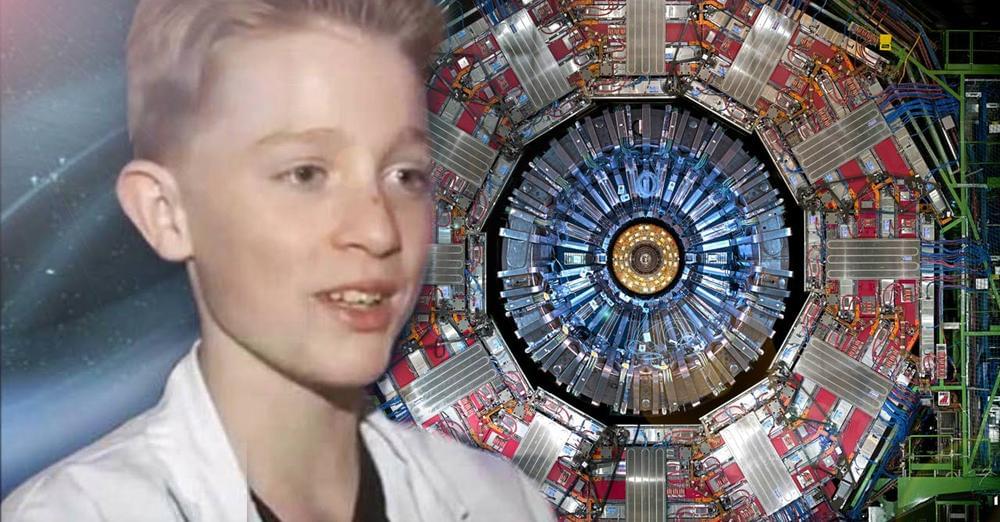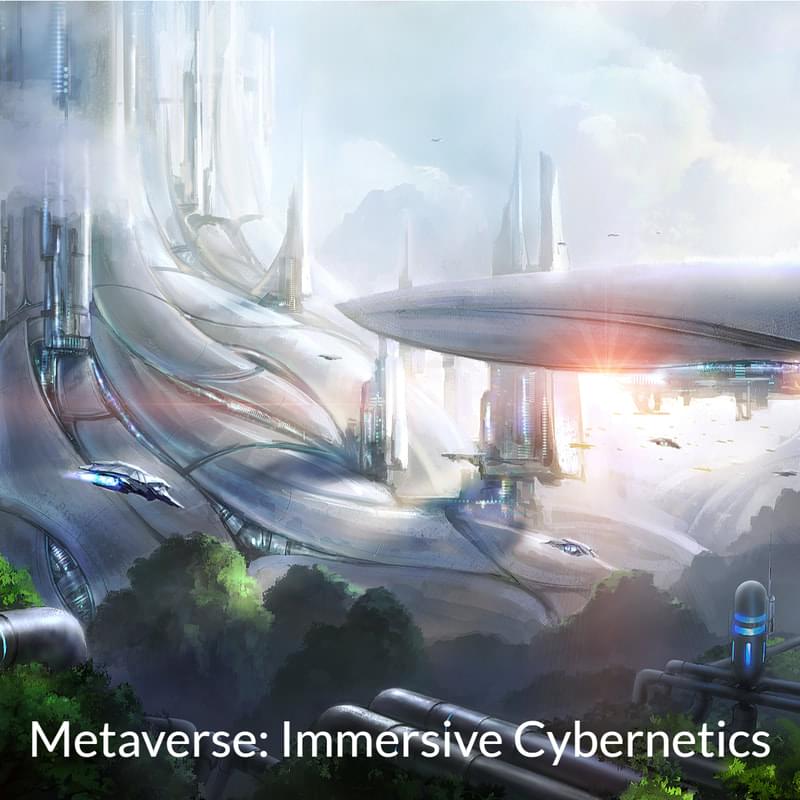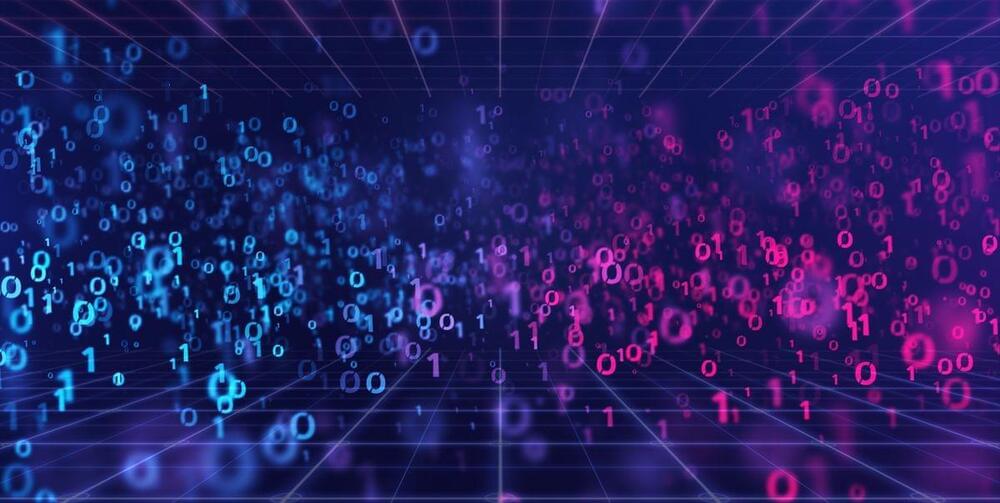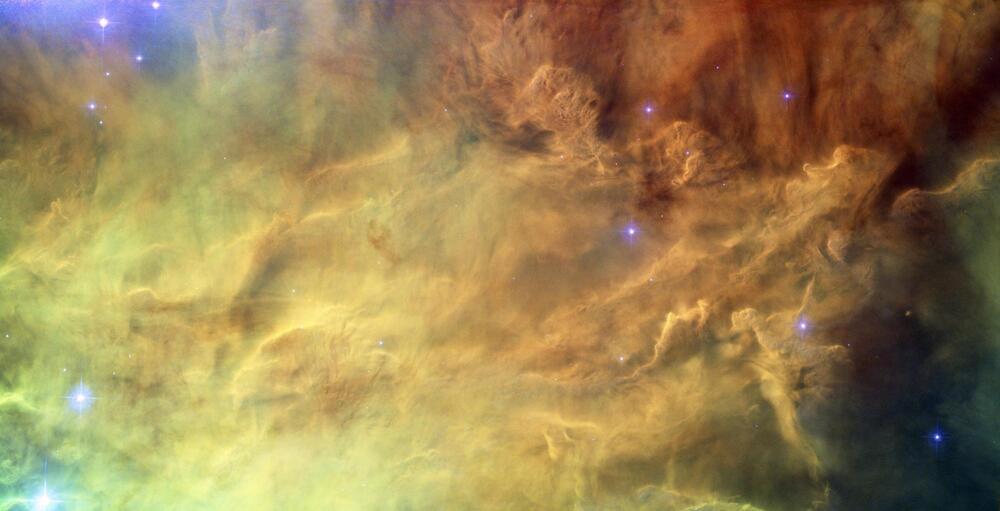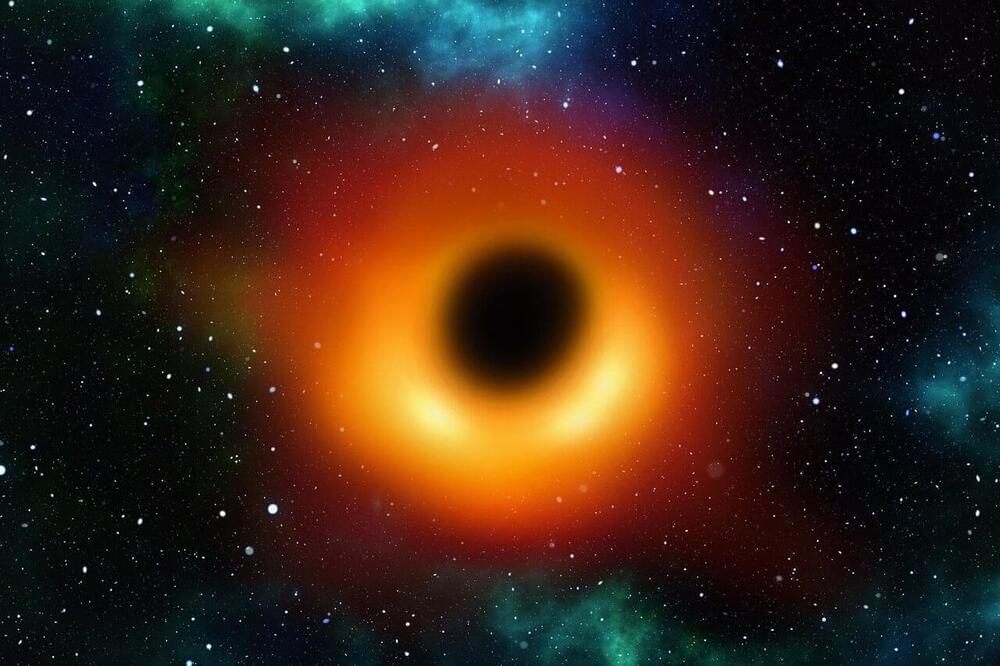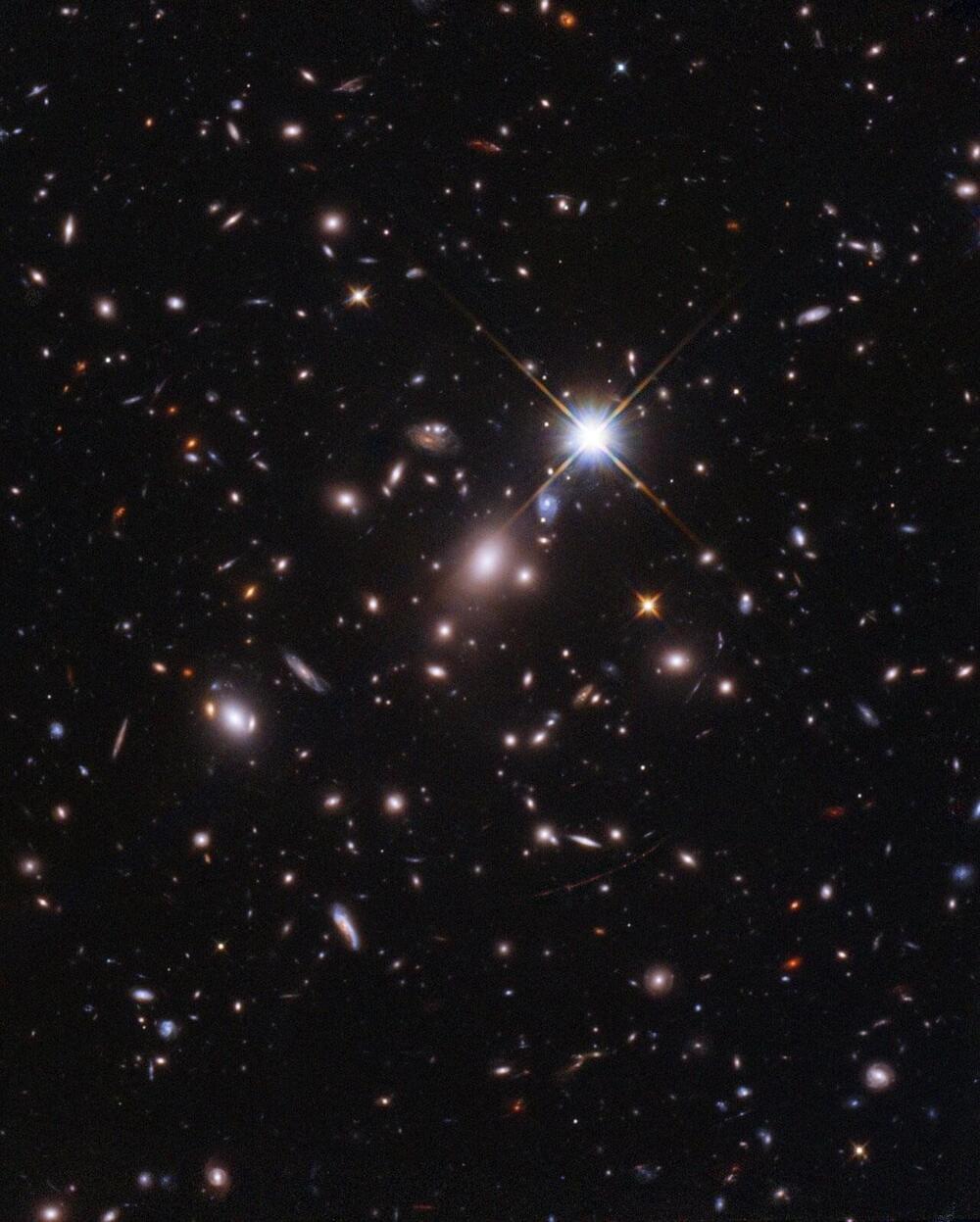
The Hubble Space Telescope has smashed a record, identifying its most distant star ever. The star is so far away that its light has taken nearly 13 billion years to reach us, meaning it is from the first one billion years after the Big Bang.
Hubble’s previous record for farthest star observed, set in 2018, was for a star from 4 billion years after the Big Bang. So this new finding is a considerable step older and was only observable thanks to a fortuitous cosmic alignment. “We almost didn’t believe it at first, it was so much farther than the previous most distant, highest redshift star,” said astronomer Brian Welch of the Johns Hopkins University in Baltimore, lead author of the paper, in a statement.
The star in question, named Earendel, which means “morning star” in Old English, is massive, coming in at at least 50 times the mass of our sun. It is also millions of times brighter. However, even allowing for its mass and brightness, it is so far away that it was only possible to observe it thanks to a huge galaxy cluster that passed between it and us. The cluster’s gravity is so large that it warps the light coming from the star and acts as a magnifying class.
